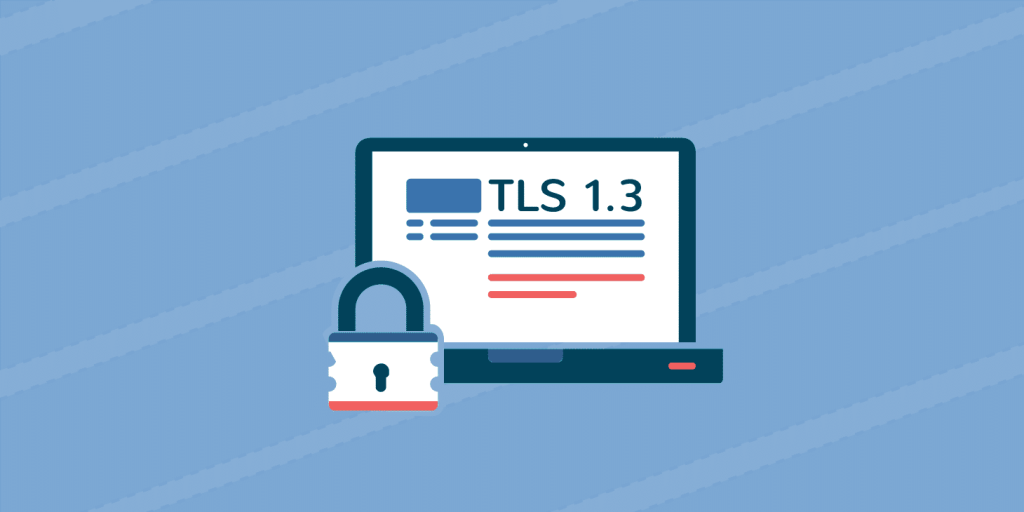The impact that businesses have on the environment is a issue that’s close to many people’s hearts.
We’ve all see news stories of how we as consumers can make changes to reduce our carbon footprint. Many responsible businesses also take steps to monitor and reduce their carbon footprints too.
Here at MIDAS, we’re committed do the same!
MIDAS’ Carbon Footprint
We’re pleased to report that since 2021, we’ve reduced the carbon footprint of MIDAS by 5%.
Back in 2021, we first discovered the Website Carbon Calculator. This innovative website analyzes five key metrics to estimate the carbon emissions of any website. These factors include the volume of data being transferred when a web page is viewed, the type and amount of energy used at the data center serving the web page, as well as the volume of traffic to the site.
When we analyzed our website using the Carbon Calculator in 2021, it reported that MIDAS was cleaner than 86% of all web pages tested.
Now in 2025, we’re now greener than 91% of all web pages globally.

Reducing Carbon Dioxide Production
The Website Carbon Calculator further estimates that only 0.10g of Carbon Dioxide is generated when someone visits our website. This is down from 0.19g in 2021.

Backed by Green Sustainable Energy
Additionally, the Green Web Foundation provides a “Green Web Check” tool, which can provide an indication as to whether a web site (or service) is backed by green sustainable energy.
The Green Web Check affirms that our website/network (including our cloud hosted customer’s booking systems) is backed by green energy.

Choosing greener online businesses

When focusing on reducing carbon footprints, many businesses look to do this in “visible” ways. One common approach is to replace tungsten bulbs with more efficient low energy LED light bulbs.
But how many consider the software their business uses when looking at ways to reduce their carbon footprint? It’s a less obvious and certainly a less “visible” action.
But when you consider that significant differences that do exist today between different software vendor’s carbon production, choosing a software vendor with a low carbon footprint makes sense! Not only does it help with your own business’ green credentials, but it also – more importantly – it helps our planet.
So for a room booking and resource scheduling system committed to being green, be sure to consider MIDAS.


